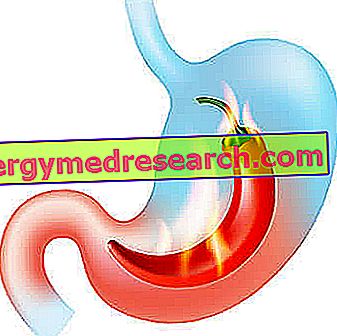By Dr. Nicola Manca
Excess body fat is not the simple result of excessive caloric intake. It would be a mistake to think of being able to reduce body weight only by reducing the calories ingested.
The increase in energy expenditure achieved through correct physical activity plays a fundamental role in reducing and maintaining body weight. It is common among people who are physically trained in endurance sports to verify that those who eat the most are often in the best physical shape. Although in recent years the average caloric intake has not increased in Western countries (in the United States for example it has decreased in the last 20 years by 5-10%), the phenomenon of obesity has increased considerably.
If food were the only factor able to influence body weight, the reduced caloric intake should have led to a decrease and not an increase in body mass!
A fundamental role is actually assumed by the sedentary lifestyle of our society that confines movement, motor activity, to an increasingly marginal role.
The reduction of caloric intake alone cannot, in the vast majority of cases, permanently reduce body weight .
The most effective method to lose weight is to associate adequate physical activity with a balanced, moderately hypocaloric diet.
Furthermore, physical activity is essential for achieving the main objective of all diet programs, namely to reduce fat mass and maintain lean mass. Resistance training generally causes a reduction in fat mass and total body weight, while the lean mass remains unchanged or slightly increases. The training program normally suggested for weight loss and fat reduction, includes at least three weekly sessions, lasting at least 20 minutes and with an intensity such as to cause an energy expenditure not lower than 300 Kcal per session. Increasing energy expenditure and increasing the frequency of training will result in a further loss of fat mass.
Hypocaloric diets not associated with motor activity, although the reduction in caloric intake compared to the previous diet is moderate (500-1000 Kcal per day), instead cause a moderate loss of water and lean mass, also causing the levels to decrease serum of HDL (the so-called good cholesterol) and the reduction of basal metabolism .
Adequate physical activity, combined with a balanced diet and a modest reduction in daily caloric intake, is able to undo these multiple negative effects by succeeding in:
- Preserve or even increase the lean mass while reducing body fat and total weight;
- Increase the basal metabolism favoring the maintenance of the optimal body weight;
- Keep HDL levels normal.
The most important and complicated goal to reach is not so much weight loss, but the maintenance of optimal body weight. In fact, most subjects who have had significant weight losses tend to buy back the lost kg.
In conclusion, only through the improvement of eating habits and appropriate physical exercise is it possible to achieve the goal.



